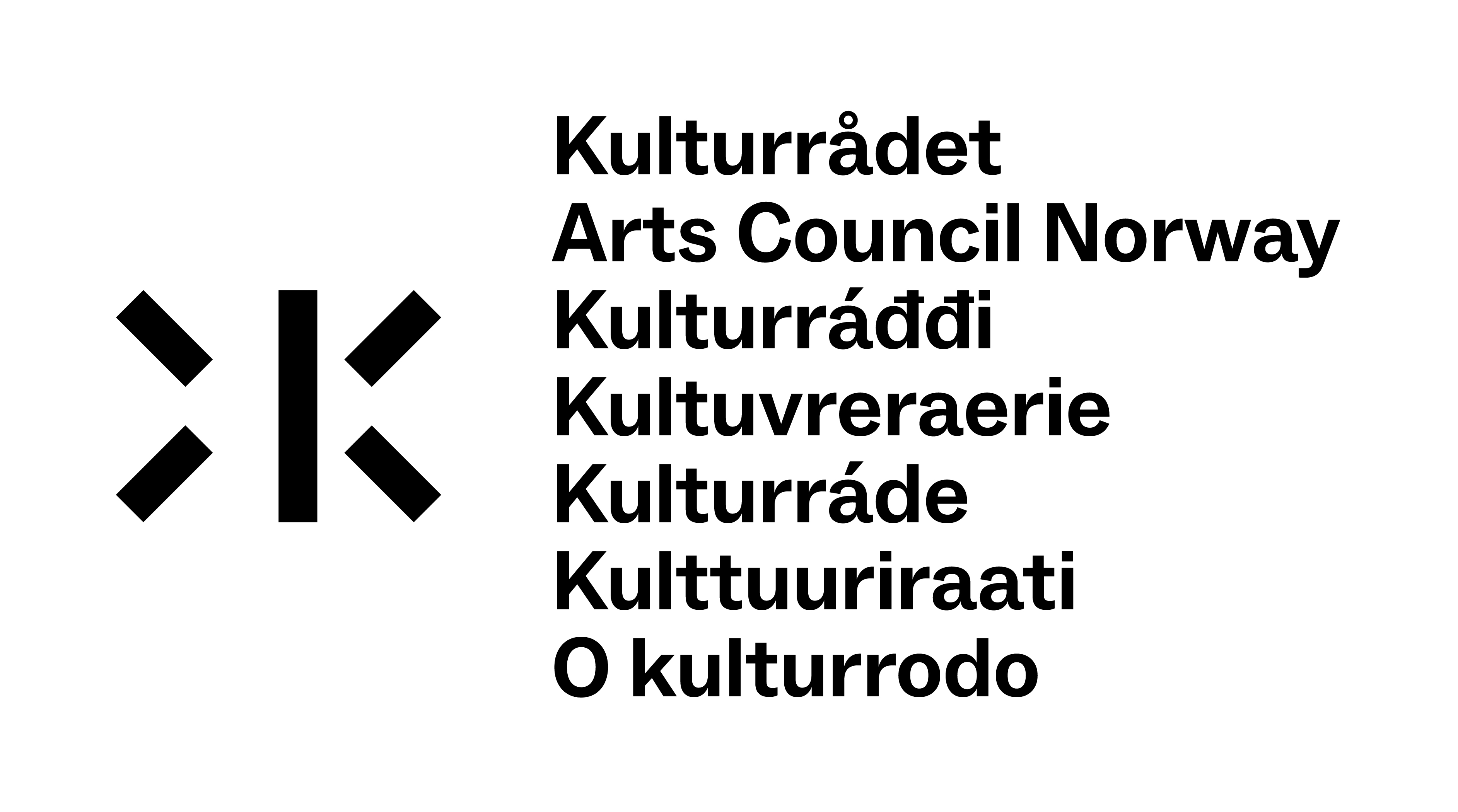KALOKAGATHIA
(2024)
Dates:
29.02.24
Dansens Hus, Oslo Norway
01.03.24
Dansens Hus, Oslo Norway
02.03.24
Dansens Hus, Oslo Norway
03.03.24
Dansens Hus, Oslo Norway
06.03.24
RAS, Sandnes Norway
20.04.24
Multiplié Dansefestival
Rosendal Teater, Trondheim
The Greek term kalokagathia describes the connection between moral greatness and
the beautiful body – an idea that has accompanied us from antiquity to present
day.
Inspired by this historical term, the dance performance Kalokagathia is a collection of embodied, glamorous tales about the demi-gods of our time. Danced fantasy driven images – tableau vivants – of the ideals that shaped and shape us in the way we present our bodies in society. The ambition is to comment on how we are followers of those who present themselves or are given the role as superior, eminent, influential and powerful. It sheds light on who has written the story of how we understand success and virtuosity, and how we give bodies value.
The dance project merges musical acts, song, story-telling and choreography as it narrates the meaning of the ideal through notions of imitation: How do we imitate and mirror the people we look up to, and why do we make these body-images a part of our own self? It questions the effect of how popular culture choreographs its followers by presenting bodies of success as emancipating and edifying, yet cruel, toxic and unattainable.
In the process, the group of performers creates movement while reminiscing personal memories of teenage idols. Jonas Øren uses this as choreographic matter and dissects it with the ambition to create new performative modes of success – deconstructing and challenging the well-known. The ambition is for the movement and linguistic patterns to become choreographic and musical reference points in various well-known choreographic scenarios
The group are entangled in a glamorous stage room that crosses scenography and costume driven by the desire to self-create. It is relevant to connect ideas related to body, gender and sexuality with the speculative, consumer oriented objectification and commercial strategies of today: Choreography as self-creation fueled by ideas about grandeur and glamour, and at the same time connected to resistance and the need to wear armour and camouflage.
Inspired by this historical term, the dance performance Kalokagathia is a collection of embodied, glamorous tales about the demi-gods of our time. Danced fantasy driven images – tableau vivants – of the ideals that shaped and shape us in the way we present our bodies in society. The ambition is to comment on how we are followers of those who present themselves or are given the role as superior, eminent, influential and powerful. It sheds light on who has written the story of how we understand success and virtuosity, and how we give bodies value.
The dance project merges musical acts, song, story-telling and choreography as it narrates the meaning of the ideal through notions of imitation: How do we imitate and mirror the people we look up to, and why do we make these body-images a part of our own self? It questions the effect of how popular culture choreographs its followers by presenting bodies of success as emancipating and edifying, yet cruel, toxic and unattainable.
In the process, the group of performers creates movement while reminiscing personal memories of teenage idols. Jonas Øren uses this as choreographic matter and dissects it with the ambition to create new performative modes of success – deconstructing and challenging the well-known. The ambition is for the movement and linguistic patterns to become choreographic and musical reference points in various well-known choreographic scenarios
The group are entangled in a glamorous stage room that crosses scenography and costume driven by the desire to self-create. It is relevant to connect ideas related to body, gender and sexuality with the speculative, consumer oriented objectification and commercial strategies of today: Choreography as self-creation fueled by ideas about grandeur and glamour, and at the same time connected to resistance and the need to wear armour and camouflage.
Artistic team:
Artistic direction & concept, choreography:
Jonas Øren
Dance & lyrics:
Ulf Nilseng
Jessica Lauren Elizabeth Taylor
Ayesha Jordan
Helge Freiberg
Jonas Øren
Dance & lyrics:
Ulf Nilseng
Jessica Lauren Elizabeth Taylor
Ayesha Jordan
Helge Freiberg
Composer:
Mats Høstaker
Song and lyrics:
Maya Vik
Lighting design:
Yasin Gyltepe
Costume and scenography: Anne Karine Thorbjørnsen
Mats Høstaker
Song and lyrics:
Maya Vik
Lighting design:
Yasin Gyltepe
Costume and scenography: Anne Karine Thorbjørnsen
Sound
engineer:
Ragnhild Nelvik Bruseth
Outer eye:
Camara Lundestad Joof
Producer:
Ingeborg Husbyn Aarsand
Ragnhild Nelvik Bruseth
Outer eye:
Camara Lundestad Joof
Producer:
Ingeborg Husbyn Aarsand
Co-producers:
Dansens HusRAS
DansiT
Financial support:
The Arts Council:NKF Fri Scenekunst Dans
NKF Komposisjon og produksjon av musikk
FFUK
Oslo Kommune
Support:
Bergen DansesenterDansekunst i Østfold
Østfold Internasjonale Teater
Sprang Landsdelscene



.
EP:
Composer: freij (Mats Høstaker)
Studio producer: Maya Vik / Oslo Records
Mix: Maya Vik, Øyvind Holboe Basmo, Funkin Matt
Written by: Jonas Øren, freij, Maya Vik, Ayesha Jordan, Jessica Lauren Elizabeth Taylor, Helge Freiberg, Ulf Nilseng
Jonas Pedersen Øren 2019 — Oslo